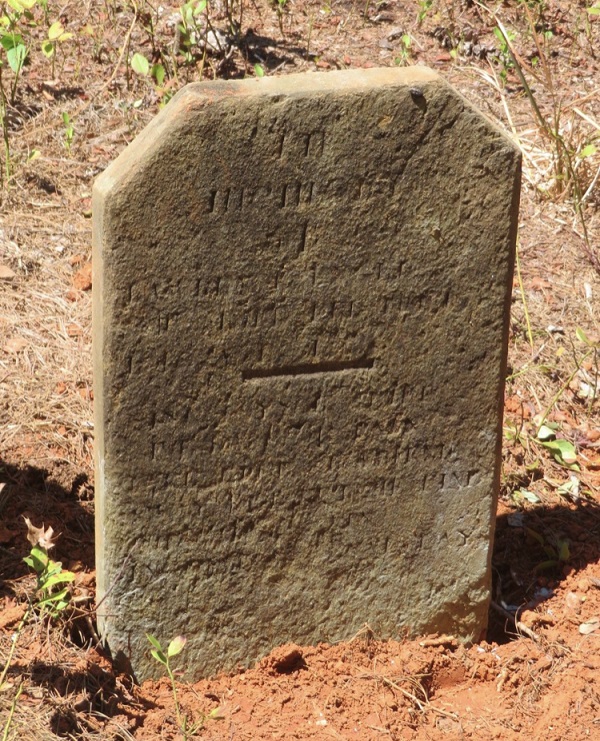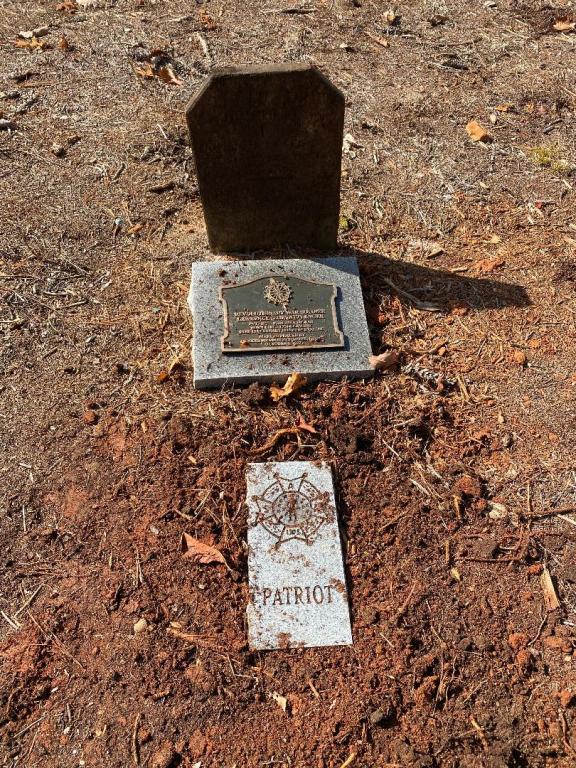Lawrence UNGER
SAR Patriot #:
P-345179
The following information was assembled from numerous sources and cannot be used directly as proof of Qualifying Service or Lineage.
It is considered a research aid and is intended to assist in locating sources that can be used as proof.
State of Service: NC
Qualifying Service: Soldier
Birth: 1753 / / Germany
Death: 15 Feb 1840 / Burke / NC
Qualifying Service Description:
- Rowan Co, NC - Militia
- Served 17 months 25 days, 25 Dec 1779 - 03 Sep 1783
- 25 Dec 1779 - 26 Mar 1780 Rowan Militia
- 1 May 1780 - Jan 1781 Rowan Militia
- December 1781 - end of war, Rowan Militia
Additional References:
Rev War Pension file: W3891
Spouse: Anna Hughes
Children: William; Joahua;
Members Who Share This Ancestor
None*
*This means that the NSSAR has no applications for this Patriot on file.
Instead the information provided is best effort, and from volunteers who have either researched grave sites, service records, or something similar.
There is no documentation available at NSSAR HQ to order.
Burial:
Location:
/ Burke / NC / USA
Find A Grave Cemetery #:
Marker Type:
SAR granite
SAR Grave Dedication Date:
19 Nov 2022
Comments:
Image photos taken by and provided with permission from compatriot Ben Setser member 207489 NCSSAR.
Directions to Cemetery / Gravesite:
- Is on a logging road off the end of SR-1281 which is off Hwy 126
- From the old courthouse in Morganton travel Hwy. 181 north, turn left on Independence Blvd. And then right on Hwy 126, travel 17.3 miles to SR 1281 (dirt), turn left and travel to end of road. Gate is locked, and the house on the right has key. Obeth church no longer is standing and the cemetery is down this logging road about a mile on the left in the wooded area
Additional Information:
no DAR GRS record found - Aug 2022

